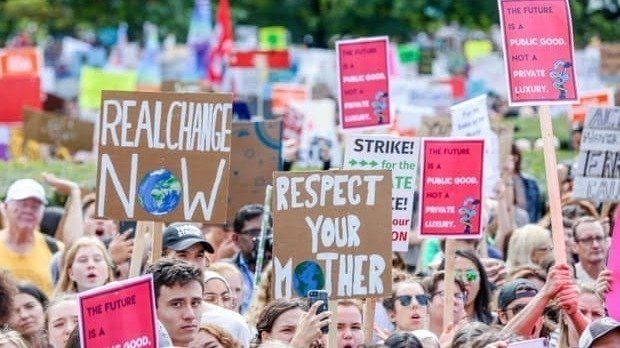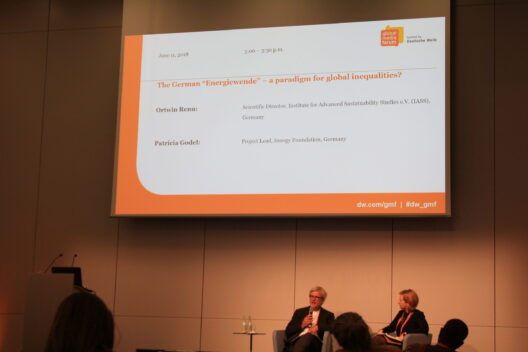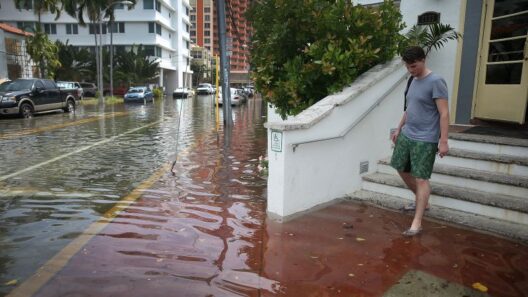Global warming, an insidious consequence of human activity, has become one of the most pressing challenges of our time. The phenomenon refers to the rise in Earth’s average surface temperature due to increasing concentrations of greenhouse gases. This amelioration represents an existential threat not only to ecosystems but to human civilization itself. To effectively combat this peril, global efforts must galvanize individuals, governments, and organizations alike. Each contribution, no matter how small, can coalesce into an impactful movement towards sustainability.
The urgency to address climate change is underscored by some alarming statistics. According to scientists, the planet has already warmed by about 1.2 degrees Celsius since the late 19th century. This rise has precipitated more extreme weather patterns, rising sea levels, and catastrophic events that disproportionately affect vulnerable populations. Our growing fascination with mitigating climate change stems from a blend of moral obligation and intrinsic motivation to secure a livable planet for future generations.
One pivotal strategy to combat global warming is the transition to renewable energy sources. Fossil fuels—coal, oil, and natural gas—are the primary culprits behind greenhouse gas emissions. The international community has begun prioritizing renewable energy investments as a means of curbing these emissions. Countries like Denmark and Germany have made remarkable strides in harnessing wind and solar power. Denmark, for instance, now garners over 40% of its electricity from wind energy, demonstrating that a comprehensive shift to renewables is not only feasible but economically viable.
Policy frameworks also play a critical role in enabling such transitions. Government action can stimulate innovation through subsidies, tax incentives, and regulations that favor low-carbon technologies. Moreover, international agreements—the Paris Agreement being a quintessential example—have become instrumental in uniting nations under a common goal: limiting global temperature rise to well below 2 degrees Celsius. Such pacts compel countries to pursue ambitious climate goals and share technological advancements.
Public engagement is another crucial dimension of global efforts against climate change. Grassroots movements have proliferated, stridently advocating for sustainable practices and demanding accountability from decision-makers. Campaigns such as “Fridays for Future,” inspired by young climate activist Greta Thunberg, have mobilized millions. These movements inspire individuals to reconsider their lifestyle choices, from reducing meat consumption to opting for sustainable transport. The power of collective action cannot be underestimated, as social movements often catalyze sudden political change.
Education stands as a fundamental pillar in the fight against global warming. As societies become more aware of environmental issues, a culture of sustainability can flourish. Integrating climate education into school curriculums equips the younger generation with the knowledge and tools they need to become effective stewards of the environment. Educational institutions can also serve as laboratories for sustainable practices, showcasing the efficacy of green technologies and behaviors. Such initiatives encourage future leaders to view environmental integrity as a core tenet of economic and social policy.
In addition to education, technological innovation is at the forefront of the battle against climate change. Emerging technologies, such as carbon capture and storage (CCS) and energy-efficient systems, present promising avenues for reducing emissions. CCS, for instance, involves capturing carbon dioxide emissions from industrial processes and storing them underground to prevent their release into the atmosphere. This technology, still in its developmental stages, could significantly mitigate the impact of existing fossil fuel-based industries.
Furthermore, the circular economy offers a transformative approach to reduce waste and promote sustainability. Unlike the traditional linear economy, which follows a “take-make-dispose” model, the circular economy seeks to keep resources in use for as long as possible. By rethinking waste as a resource, industries can minimize their carbon footprint and foster an environment where materials are continuously recycled and repurposed. Companies like Unilever and Patagonia have begun to adopt these principles, proving that sustainable business practices can coexist with profitability.
Individual contributions must not be underestimated in the fight against global warming. From reducing single-use plastics to supporting local agriculture, every action counts. Mindful consumerism entails making choices that favor environmentally responsible brands and practices, thus fostering a market that aligns with sustainability values. Moreover, participating in local environmental initiatives, such as tree-planting events or community clean-ups, strengthens community bonds while directly tackling ecological degradation.
Moreover, the impact of biodiversity should be acknowledged in conversations about climate change. The interrelation between species and their ecosystems is fundamental for maintaining ecological balance. Thus, initiatives aimed at protecting endangered species and restoring natural habitats should be prioritized. Reforestation and afforestation serve as powerful tools, sequestering carbon dioxide while revitalizing ecosystems and providing habitats for numerous species.
The fight against global warming is indeed daunting, but history has shown that humanity can rise to the occasion when the stakes are high. Efforts like the United Nations’ Sustainable Development Goals (SDGs) encapsulate a global blueprint for fostering a more sustainable future. By interweaving ecological, social, and economic considerations, the SDGs provide a holistic approach to combating climate change. This agenda encourages nations to adopt integrated solutions that can address the myriad challenges posed by climate change.
Ultimately, a combination of policy interventions, technological advancements, community engagement, education, and individual action constitutes the arsenal needed to challenge the forces of climate change effectively. Despite the enormity of the task ahead, the collective will to confront global warming can indeed save our planet. As we galvanize around these initiatives, there lies an inspiring opportunity to forge a sustainable future, not only for ourselves but for generations yet to come.







